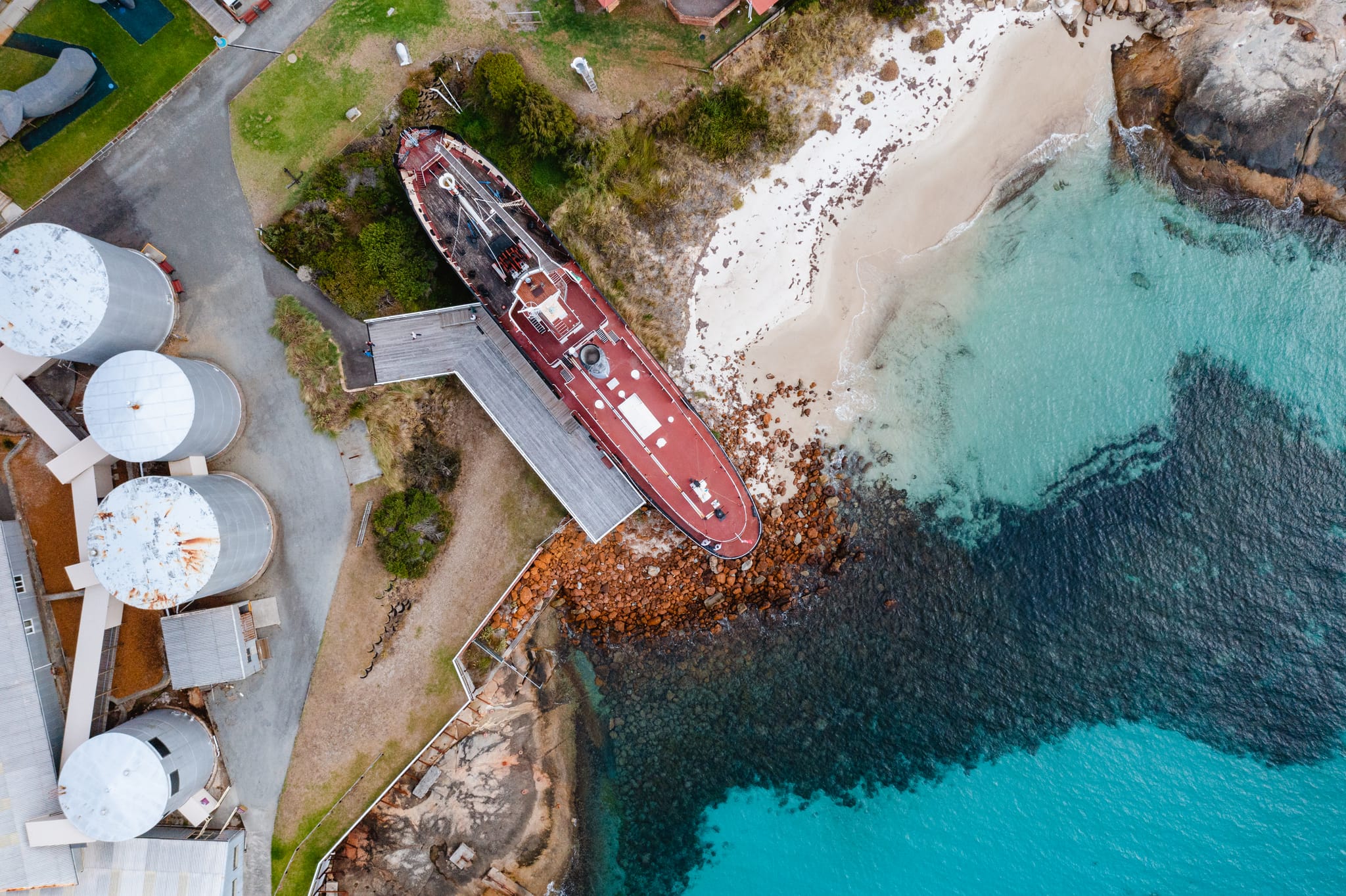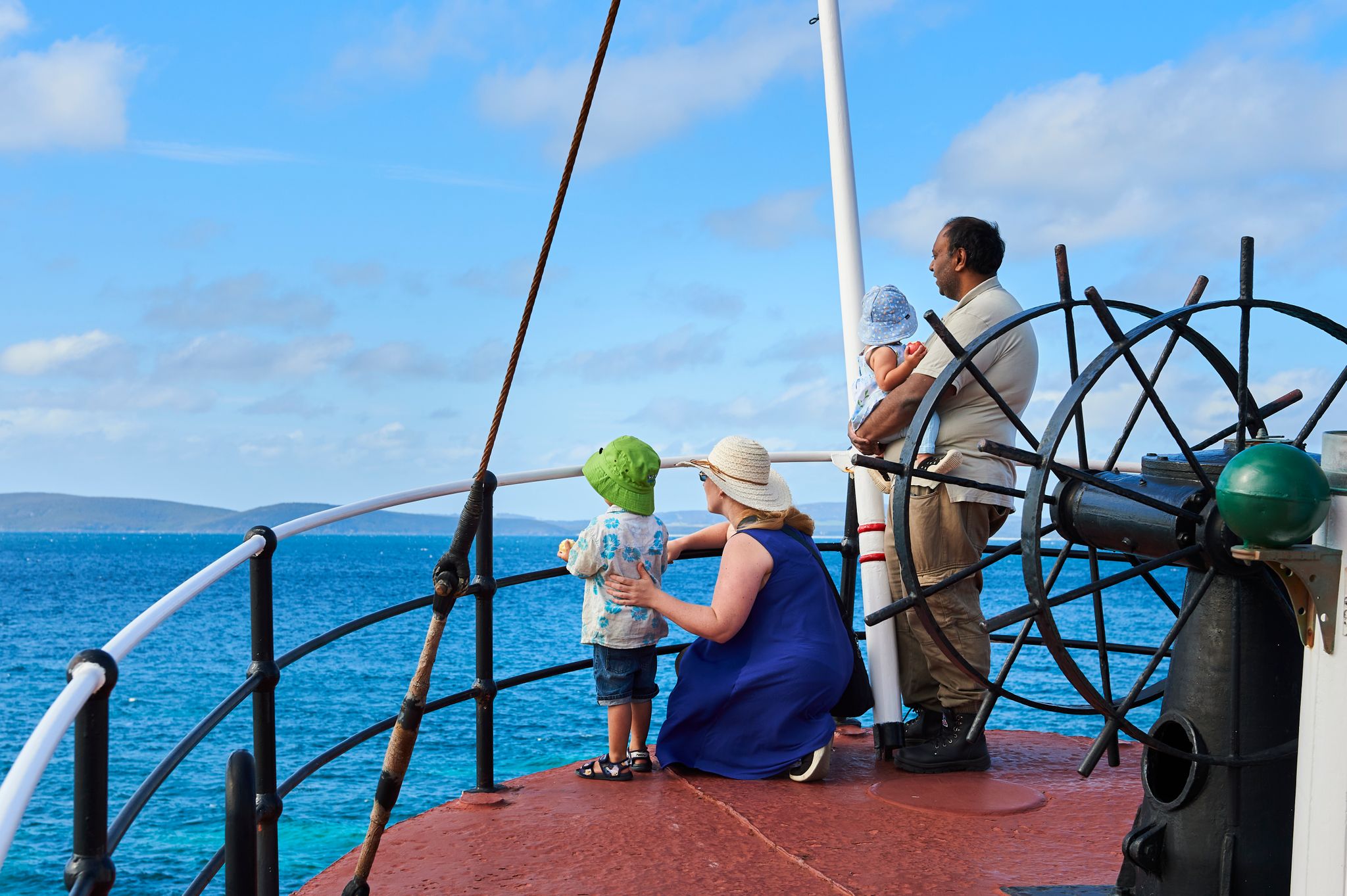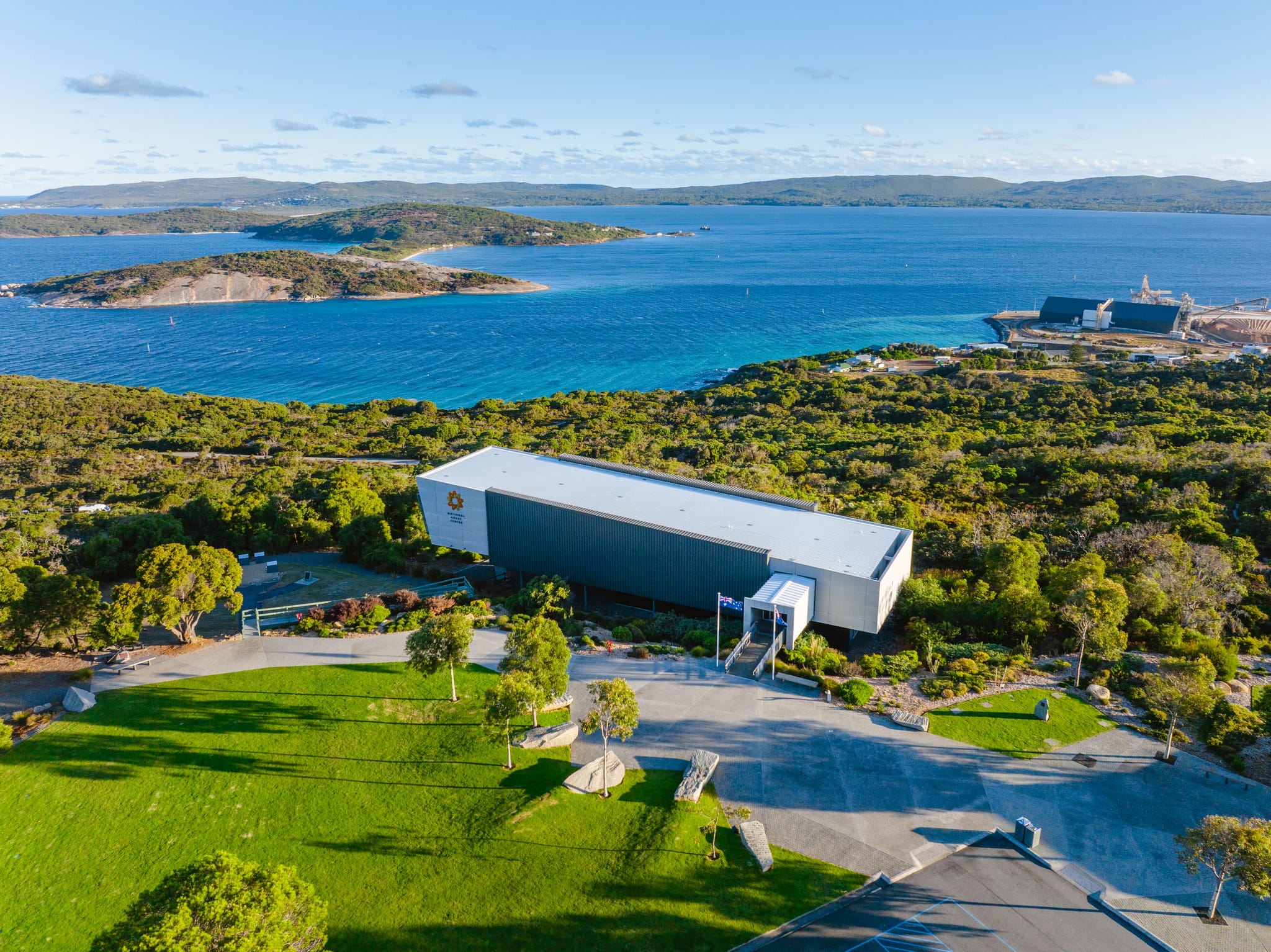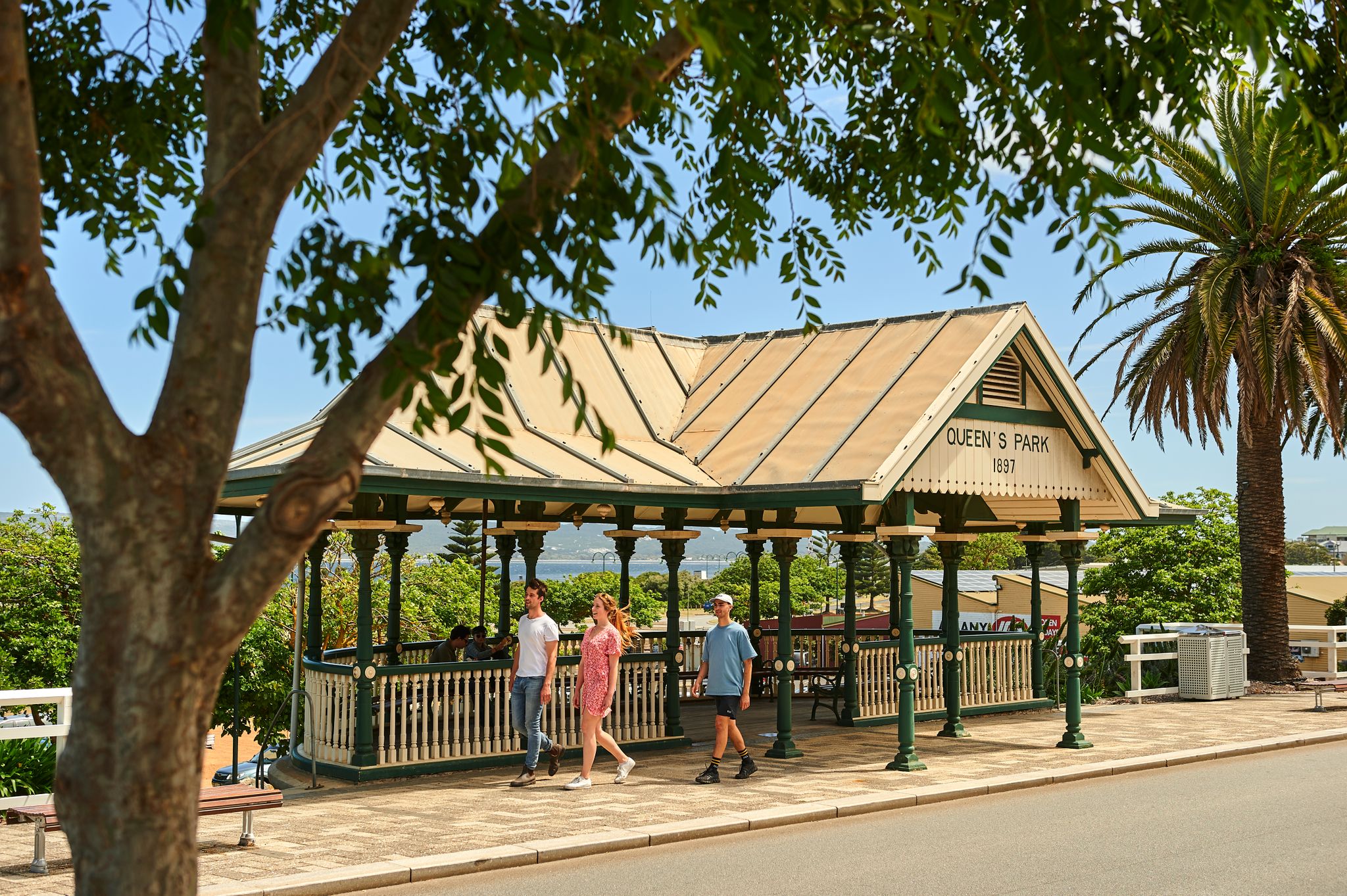
✍🏽 By Adam Thompson
Explore Albany’s heritage, from Albany’s Historic Whaling Station to the National Anzac Centre and more.
Positioned along the rugged coast of the Southern Ocean, with two natural harbours making it the prime location for a strategic port, there’s a historical allure and many layers to Albany. It was first known by the Indigenous Minang people as Kinjarling, meaning ‘place of plenty’, having spent their summers in the area for tens of thousands of years, undisturbed, until European settlers arrived in 1826 aboard the Big Amity.
As the 19th century unfolded and the area garnered its European name; it flourished with economic activity by the newcomers’ standards, primarily due to the presence of Princess Royal Harbour.
For many years, it served as the state’s sole deep-water port, a critical gateway for trade between Britain and Australia. However, with the opening of Fremantle port in 1897, Albany’s dockside business dwindled. Yet, the city’s resilient spirit led it to pivot gracefully towards agriculture, timber, and whaling.
A Whaling Past

The Cheynes Beach Whaling Station, founded in 1952, played a pivotal role in Albany’s whaling legacy. At its peak, the company employed hundreds of people and operated a fleet of whaling vessels. Known for its innovative processing methods, the operation allowed them to efficiently process the whale catches.
While the whaling industry brought economic prosperity to Albany, it also had a lasting impact on the region’s marine ecology. The relentless pursuit of whales led to a decline in several species, most notably the southern right whale. Over time, increasing awareness about the environmental consequences of whaling led to global efforts to protect these magnificent creatures.
Visiting Albany’s Historic Whaling Station (once the Cheynes Beach Whaling Station) offers a poignant journey into this historical era. The station has been transformed into an immersive museum and heritage site, where visitors can explore the relics of the whaling industry, from massive whale skeletons to the harpoons and blubber processing machinery that once defined the seascape. Today, the southern right whale has become an icon of Albany, with the community dedicated to protecting the species.
Top tip: Visit The Art of Scrimshaw exhibition at the Historic Whaling Station – detailing the delicate craft of carving and engraving ivory, bone, seashells, antlers and horn, practiced by men at sea seeking to distract their idle hands.
An Anzac Legacy

Albany plays an integral role in the Anzac legend. As the last port of call for troopships during The Great War, the docks witnessed over 41,000 service men and women embarking on a journey to fight, many of whom would never return, making Albany the last glimpse of Australian soil they would ever know. During the Second World War, Albany’s strategic significance was leveraged as the U.S. Navy established a submarine base there, safeguarding against the possible loss of Fremantle. The port also served as the central refuelling point for the Royal Australian Navy.
The award-wining National Anzac Centre, located within the grounds of the heritage-listed Princess Royal Fortress’ Service, is a stimulating hub to learn and reflect upon the experiences of the Anzac’s.
Regardless of your age, background, or worldview, the humanity and depth of the Anzac conflict will undoubtedly stir your emotions.
For those eager to delve further into history, the Princess Royal Fortress Military Museum offers another captivating glimpse into the trials and tribulations endured by our soldiers.
From Then to Now

A quick glance around will reveal Albany is a living history book, with numerous buildings telling its story and that of the state. There’s a hint of brine on the breeze as it sings over the walls of the Albany Convict Gaol, topped with broken glass in an effort to contain the imperial convicts who were transported to Albany as skilled labourers from 1852.
The walls of the gaol, sitting between the town centre and the warm, shallow waters of Princess Royal Harbour, echo with narratives etched by inmates; lending a glimpse into the lives of those who first inhabited the town.
Meanwhile, The Old Farm, dating back to 1827, stands as the oldest farm in WA, while Patrick Taylor Cottage, built in 1832, is the state’s oldest dwelling.
The Albany of today is a modern, vibrant city that embraces all the opportunities and conveniences of the new millennium. However, when you visit, it’s worth taking a moment to reflect on how it was built, what it accomplished, and what it lost along the way as it evolved into the proud place it is today. Albany is a distinctive destination where history whispers through coastal winds, inviting you to explore its storied past while revelling in its present-day beauty and charm.
